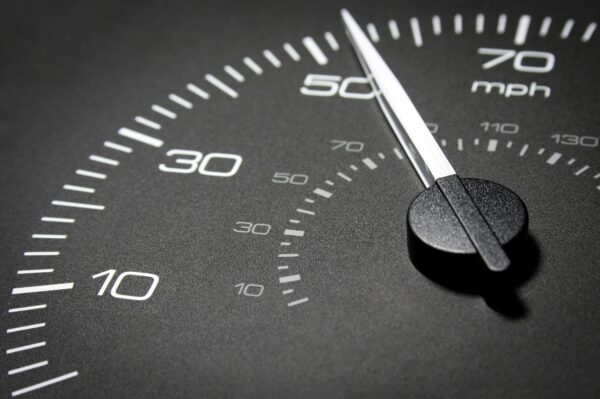
Thermal characteristics and calorific value of spark plug

Spark plugs are mainly composed of metal that conducts heat quickly and ceramic insulators that conduct heat slowly

Enlarging the ceramic part can achieve the purpose of slowing down the heat dissipation, and reducing the ceramic part can achieve the purpose of accelerating the heat dissipation. In the spark plug, the inner sealing ring is one of the main channels for heat dissipation, and the inner sealing ring essentially plays the role of separating the high temperature and low temperature areas of the ceramic body. Below the inner sealing ring is the ceramic skirt (also known as the insulator nose, ceramic small head).

The plug temperature usually refers only to the temperature of the ceramic skirt, that is, the high temperature area in the figure above, which is particularly important. When the spark plug is working, the temperature of the insulator skirt should be maintained between about 500 ° C and 800 ° C.
Above 500 ° C, the sediment (carbon particles, oil and other particles) on the insulator skirt can be burned off or become other substances, then the spark plug has self-cleaning ability. If it is lower than the self-cleaning temperature, it will let the spark plug should have the fire leak in the form of short circuit, resulting in fire (no ignition).
Above 800 ° C and below 1000 ° C are safe ranges, although they are safe ranges, due to oxidation and hot gas corrosion, high temperature oxidation and corrosion of the electrode will be aggravated.
When it is higher than 1000 ° C, the insulator skirt will have a hot ignition, that is, the mixture will catch fire before the spark plug ignition, resulting in early ignition, and even detonation, which may damage the engine, so it is necessary to eliminate this problem.
The working temperature of the spark plug represents the balance of heat absorption and heat release, in order to achieve a self-cleaning temperature of about 500 ° C under low power output conditions, and under high power conditions, without increasing the loss of the spark plug or damaging the engine.

The thermal characteristic is an important performance of the spark plug, which is a sign of maintaining the self-cleaning temperature and the ability to withstand the heat load of the spark plug, mainly depending on the length of the insulator skirt. By changing the length (or volume) of the ceramic skirt, the speed of heat dissipation of the spark plug can be directly changed.
Porcelain body skirt is long, slow heat dissipation, easy to heat, called hot type spark plug; The ceramic skirt is short, the heat dissipation is fast, and it is easy to get cold, which is called cold type spark plug.


Calorific value is a technical index that indicates the thermal load capacity of the spark plug and is represented by the code.
In China, the length of the insulator skirt of the spark plug is used to calibrate the thermal characteristics of the spark plug, that is, the heat value is expressed, that is, the natural number 1 to 11. The following figure is China’s standard, due to the continuous development of technology and different spark plug brands, the following values may differ from the actual, for reference only.

1, 2, 3 are low calorific value spark plugs, that is, hot type spark plugs (easy to heat), 4, 5, 6 are medium-sized spark plugs, 7 and above are high calorific value spark plugs, that is, cold type spark plugs (easy to cold).
If the spark plug often causes a fire due to carbon accumulation, it means that it is too cold and needs to be changed to a spark plug with a smaller heat value.
If the spark plug often occurs hot ignition, it means that it is too hot and needs to be changed to a spark plug with a larger heat value.
If you replace the medium-sized spark plug in your car with a hotter or colder spark plug, then their performance is shown as follows: with a hotter spark plug (small calorific value), it is easy to have a hot ignition in high power demand, and with a colder spark plug (large calorific value), it is easy to accumulate carbon in low power demand.

If you have greatly improved the performance of the original engine, then after modification, it may be necessary to replace the spark plug with a higher calorific value of 1 degree according to the actual situation to avoid overheating of the spark plug.
If your driving style has been “cut second gear 7300 dry him”, then you can also consider replacing the spark plug with a higher heat value of 1 degree to avoid overheating of the spark plug.
If your road condition has been traffic jams, idling, low and medium speed driving, never on the highway, then you can consider replacing the spark plug with a low heat value of 1 degree to avoid excessive carbon accumulation of the spark plug.



